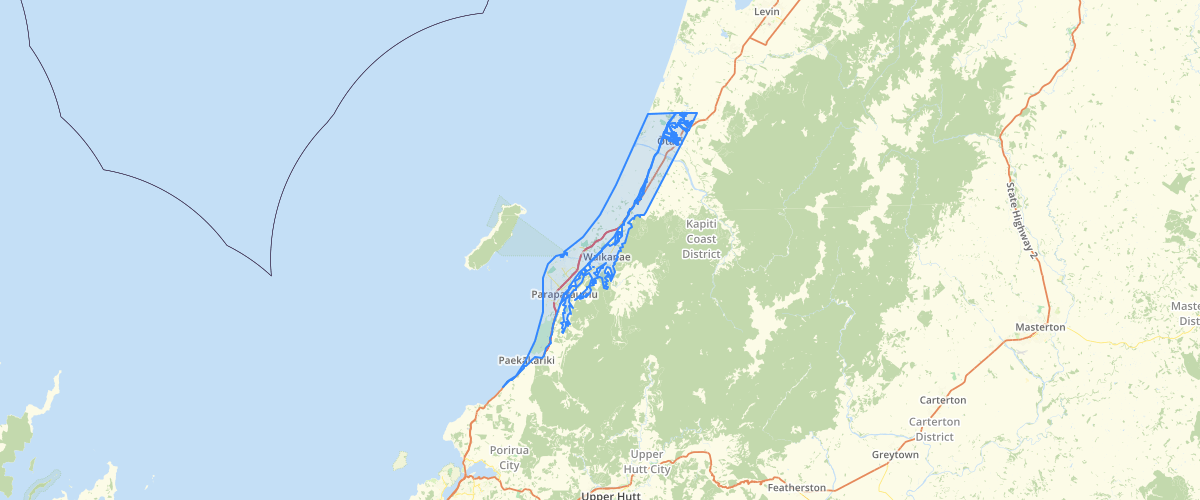Wellington Regional Council Wellington Region Ground Shaking Hazard Zones
Request AccessWellington Regional Council - Wellington Region Ground Shaking Hazard Zones, The occurrence of earthquakes in the Wellington Region is inevitable due to its location at the boundary of two crustal plates. Earthquakes have the potential to cause significant adverse effects within the Region, including loss of life, injury, and social and economic disruption. In recognition of these potential effects, the Wellington Regional Council initiated a project in 1988 to: Assess the risks posed by earthquakes. Identify mitigation options. Implement measures to ensure that the level of risk is acceptable. The purpose of the dataset is to show the geographic variation in ground shaking hazard that could be expected during certain earthquake events. Information on active faults in the western part of the Region has been published in a map series by the Wellington Regional Council - Major Active Faults of the Wellington Region (Map sheets 1, 2 and 3: 1991). Tsunami hazard information for Wellington Harbour is also available. The geographic variation in earthquake ground shaking was defined using geological and geotechnical information from drillhole logs, microearthquake records, strong motion earthquake records, penetrometer logs and gravity surveys. Numerical techniques to model the seismic response of sediments were also used. Based on the distribution of geological materials and the measured response of these materials to seismic waves the Lower Hutt study area was mapped into four ground shaking hazard zones; Zone 1, Zone 2, Zone 3-4, and Zone 5 Zone 1, the least hazardous zone, is characteristically underlain by bedrock, and typically shows very low to low amplification of seismic waves. Zone 2 areas are underlain by firm material, including compact gravel and stiff to hard clay or less than 5 metres of soft and/or loose material, and show lowto moderate amplification of earthquake shaking relative to bedrock. Zone 3-4 represents a transition zone between the low to moderate amplification of ground shaking anticipated in Zone 2, and the high to very high amplification anticipated in Zone 5. Zone 3-4 areas are typically underlain by 5 to 10 metres of near surface soft and/or loose material and are characterised by moderate to high amplification of earthquake ground motion relative to bedrock. Zone 5 areas are underlain by more than 10 metres of soft and/or loose material. These materials generally have shear wave velocities in the order of 200 metres/second or less. Zone 5 areas are characterised by high to very high amplification of earthquake ground motion, relative to bedrock and are therefore subject to the greatest ground shaking hazard. This map is accompanied by notes in Publication WRC/PP-T-92/45.

Sample Properties
- {} 6 keys▶
- 2
- 2
- "2"
- 2215366.911743725
- 15935.271504502165
- 1
